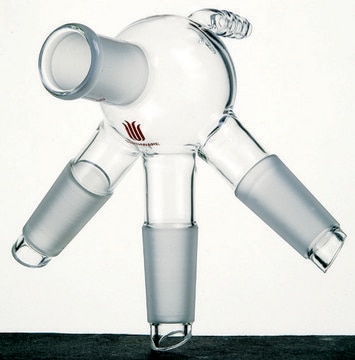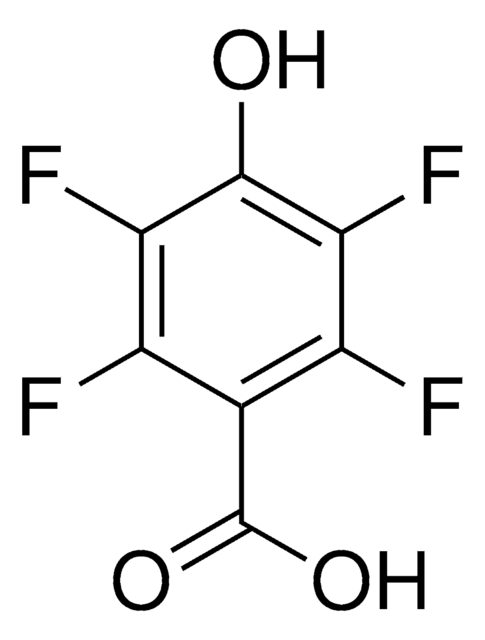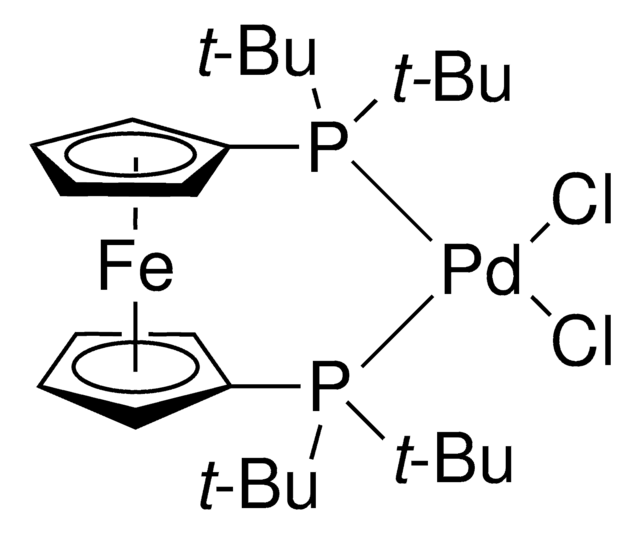OGS621
pSF-CMV-NH2-PPT-3XFLAG
plasmid vector for molecular cloning
Sinonimo/i:
cloning vector, expression vector, molecular cloning vector, plasmid, plasmid vector, snapfast vector, vector
About This Item
Prodotti consigliati
Ricombinante
expressed in human cells
Tag
3X FLAG tagged
Forma fisica
buffered aqueous solution
PM
size 4610 bp
Selezione batterica
ampicillin
Origine di replicazione
pUC
Clivaggio proteico
EKT
Posizione del tag peptidico
N-terminal
Promotore
Promoter name: CMV
Promoter activity: constitutive
Promoter type: mammalian
Condizioni di spedizione
ambient
Temperatura di conservazione
−20°C
Descrizione generale
Applicazioni
Sequenza
Risultati analitici
Altre note
Note legali
Prodotti correlati
Codice della classe di stoccaggio
12 - Non Combustible Liquids
Punto d’infiammabilità (°F)
Not applicable
Punto d’infiammabilità (°C)
Not applicable
Certificati d'analisi (COA)
Cerca il Certificati d'analisi (COA) digitando il numero di lotto/batch corrispondente. I numeri di lotto o di batch sono stampati sull'etichetta dei prodotti dopo la parola ‘Lotto’ o ‘Batch’.
Possiedi già questo prodotto?
I documenti relativi ai prodotti acquistati recentemente sono disponibili nell’Archivio dei documenti.
Il team dei nostri ricercatori vanta grande esperienza in tutte le aree della ricerca quali Life Science, scienza dei materiali, sintesi chimica, cromatografia, discipline analitiche, ecc..
Contatta l'Assistenza Tecnica.



